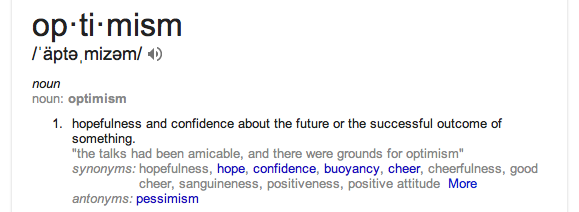

Language that supports healthy perceptions of the self replaces evaluations with factual observations and behaviors. The use of words like “never” and “always” tends to promote a global-cause attribution, rather than a situation-specific one.

For example, personal criticism, harsh language, and blaming tend to generate internal explanations for events (“I’m not good”).

The way we provide feedback and the way we communicate to our children has a strong impact on the way they develop explanations for life events and derive perceptions on the self. Conversely, a pessimist would tend to explain events in his/her life as permanent, global and internal (it will always be this way, my whole life is impacted and it’s all my fault). Optimists have a tendency to explain events as transient (it’s going to pass), circumscribed (it only impacts this specific situation) and caused by external factors (it’s not all my fault), which leaves self-esteem intact. Seligman, among others), is in the way they attribute causes to events. Movement, outdoor playing, and engaging with our real 3D, sensory-rich life and nature (instead of passively consuming media entertainment) are other ways in which we learn to appreciate ourselves as active contributors to our life.Īside from finding meaning, another aspect that characterizes optimists, according to some researchers (M. Choices, autonomy, opportunities to contribute, chances to experience the natural consequences of our own choices without being rescued are some of the building blocks of developing a strong sense of personal meaning and significance in our own world. So the first thing we can do as parents is to allow our children a reasonable degree of control over the events in their lives. Human beings tend to develop helplessness and passivity when they feel they have little control over events. And if so, it is a trait that can also be taught to our children. Optimism seems to be more than a genetic roll of dice, and that’s good news – it seems to be a trait that can be learned through our experience.

In this sense, optimism is really the opposite of helplessness. However, at a closer look, what differentiates optimists from pessimists is the confidence that the goal can be achieved, the desired outcome can be attained and we have some power over this. We may simply say that optimists expect good outcomes. We all have slightly different definitions but one thing is clear: optimism and pessimism have to do with expectations about the future. What are hope and optimism? How do we define them? Meaning of optimism and hope So why not try to bring a little more of these qualities into our lives and our children’s? As much as we are tempted to dismiss optimists as naive and unrealistic in their view of the world, the fact is that there is “remarkably little evidence that optimists are ever worse off than pessimists” (Carver, Scheier, Miller and Fulford). The case for bringing up children with optimism and hope is strong also for more individualistic reasons: optimists, for example, seem to live longer, healthier lives (partially as an effect of taking better care of themselves), have better attitudes and more positive emotions, develop greater persistence in the face of challenges, recover faster from setbacks and have more positive coping strategies and effective problem-solving skills. It seems to me that in today’s age, a little optimism and hope are badly needed, especially when we are talking about instilling those qualities in the generation of people who will inherit this planet from us. Alessandra talks about the importance of nurturing optimism and hope in children and ways to do that.


 0 kommentar(er)
0 kommentar(er)
